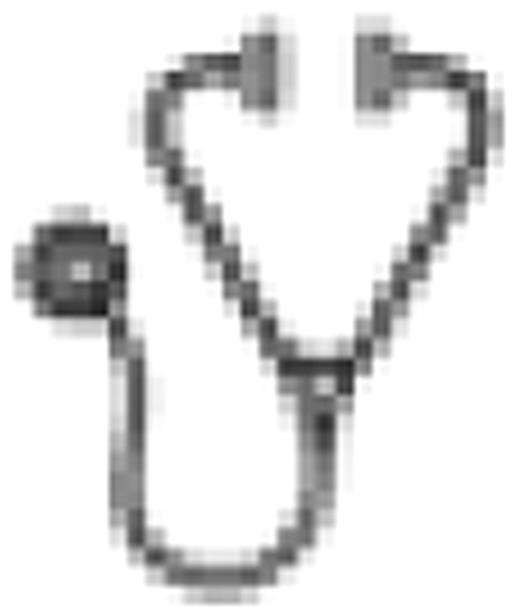Abstract
Abstract 910
The Minnesota group has described that recipients of double unrelated cord blood transplantation (dUCBT) have a higher incidence of acute GVHD, lower relapse incidence (RI) but no difference in leukemia free survival (LFS) when compared to single unit UCBT (sUCBT) recipients. In order to confirm these results in a larger and more homogenous cohort of patients and to evaluate the effect of double UCBT in relapse and LFS, we have compared the outcomes after dUCBT (n=230) with sUCBT (n=377) in adult patients with acute myeloid or lymphoblastic leukemia in remission. There were some differences between the two groups: dUCBT recipients were heavier (median weight: 68kg vs 65kg, p<0.01), tended to be older (median age: 37 years vs 35 years, p=0.06), had lower frequency of poor cytogenetics (32% vs 36%, p=0.02), transplanted more recently (p<0.001), more frequently given RIC (53% vs 30%, p<0.001), and received less ATG/ALG (29% vs 70%, p<0.001) when compared to sUCBT recipients, respectively. No differences were observed in diagnosis (38% ALL and 62% AML), status of disease at transplant (CR1: 52%, CR2:40% and CR3:8%) and previous autograft (13%). As expected, dUCBT recipients received a graft containing a higher nucleated cell dose (median of 3.7×107/kg vs 2.6×107/kg; p<0.0001). Number of HLA disparities were not statistically different (5/6:32% and 4/6:58%) when compared to sUCB grafts. Two analyses for outcomes were performed: one in patients transplanted in CR1 and other in patients transplanted in CR2 or more. The differences between dUCBT and sUCBT remained the same in both analyses. Results: in patients transplanted in CR1, median follow-up was 17 months for dUCBT recipients (n=114) and 19 months for sUCBT recipients (n=203). Unadjusted univariate analysis showed that cumulative incidence (CI) of neutrophil recovery was 78% after dUCBT and 82% after sUCBT (p=0.11); acute GVHD was 45% and 27% (p<0.001), and chronic GVHD 21% and 27% (p=0.35), respectively. At 3 years, unadjusted CI of NRM and RI were 32% after dUCBT and 36% after sUCBT (p=0.89) and 15% and 25% (p=0.03), respectively. Estimated 3 years LFS was 53% after dUCBT and 39% after sUCBT (p=0.09). In multivariate analysis, adjusted for the differences between the 2 groups, dUCBT recipients have an increased risk of grade II-IV acute GVHD (HR 1.23, p=0.005) and decreased RI (HR:0.74, p=0.01) when compared to sUCBT recipients. In a multivariate analysis adjusted, neutrophil and platelets recovery, NRM and chronic GVHD were not statistically different after dUCBT or sUCBT. However, in a multivariate analysis, LFS was improved after dUCBT compared to sUCBT recipients (HR: 0.67, p=0.04). In patients transplanted in CR2 and CR3, median follow-up was 11 months for dUCBT recipients (n=116) and 22 mo for sUCBT recipients (n=174). Unadjusted univariate analysis showed that CI of neutrophil recovery was 85% after dUCBT and 83% after sUCBT (p=0.57); acute GVHD was 33% and 17% (p=0.003), and chronic GVHD 32% and 29% (p=0.64), respectively. At 3 years, unadjusted CI of NRM and RI were 34% after dUCBT and 36% after sUCBT (p=0.47) and 31% and 33% (p=0.68), respectively. Estimated 3 Y LFS was 35% after dUCBT and 31% after sUCBT (p=0.48). In multivariate analysis, adjusted for the differences between the 2 groups, outcomes after dUCBT recipients, namely neutrophil recovery, acute and chronic GVHD, NRM, RI and LFS were not statistically different between the two groups. In conclusion our study confirms the previous findings of higher incidence of acute GVHD, equivalent NRM and reduced relapse in adult recipients of dUCBT, mainly for those transplanted in CR1, showing a higher GVL effect with improved LFS. Outcomes after dUCBT in patients with CR2 and CR3 were not statistically different of sUCBT. Double UCBT has extended the use of UCBT for patients otherwise not eligible for single UCBT and importantly is associated with better outcomes in adults patients with AL transplanted in early phase of the disease.
No relevant conflicts of interest to declare.

This icon denotes an abstract that is clinically relevant.
Author notes
Asterisk with author names denotes non-ASH members.

This feature is available to Subscribers Only
Sign In or Create an Account Close Modal